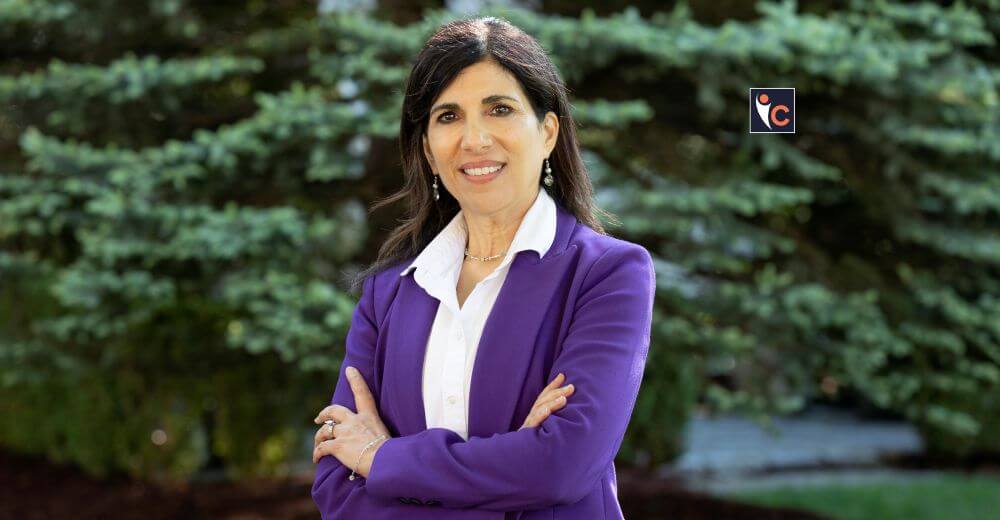Fertility preservation or preserving ones’ fertility potential for future use is a concept which is though recent but gaining rapid popularity. This concept was initially conceptualized for young cancer patients who would after a lifesaving treatment have a long-life span. And the treatment offered to them had the potential of causing irrevocable damage to their gonads and gametes, there by compromising future prospects of having their own biological child, this was termed as “Medical Fertility Preservation”. Medical fertility preservation allows such patients to safeguard their fertility and reproductive abilities by storing reproductive cells(gametes) or tissues at subzero temperatures for future use as when desired. However, in recent times the application of this technique has also gained popularity with perfectly healthy women who are seeking to delay child birth. These women can preserve their oocytes(egg) of when they are young and use them in the future when they are ready to start their families this is known as “Social egg freezing”.
These two distinct entities of Medical Fertility preservation and Social Fertility preservation come under the purview of distinctively different ethical and practical concepts. And since they both will have their own distinct risk and benefit consideration, we need to discuss the two separately.
Medically Indicated Fertility Preservation
Medically Indicated fertility preservation is offered to patients who suffer from some medical condition, most commonly cancer or for some unavoidable circumstances have to face life saving medical treatments which have the potential of completely destroying their gonads (ovaries in women and testes in men). For example Chemotherapy and Radiotherapy while being lifesaving, are also toxic to the reproductive cells (eggs and sperms). So the idea of fertility preservation is to cryopreserve reproductive cells (or tissues) away from the damage of the treatments or ailment. With the dynamic advances in the treatment of cancer increasing number of young patients are able to battle this life threatening disease and are able to lead long lives with relative normalness. And hence a lot of cancer specialist now encourages these patients to preserve their fertility so that they can have a chance at having their own biological child whenever they are ready for it. Fertility preservation before Chemotherapy or radiotherapy allows these patients to realize an important human desire of procreation and more importantly with their own genetics.
As any new technique which is introduced in the medical branch initially medically indicated fertility preservation was considered experimental, however now after so many advances especially like vitrification (rapid freezing) and after successfully freezing thawing and eventually achieving pregnancies it is now a proven technique endorsed by many medical practitioners. Though the success rate of achieving pregnancy is not a 100 percent yet the benefits of preserving fertility is far beyond when compared to lifelong sterility with no means of having a biological child which can be a devastating consequence for almost everyone.
There are different methods of fertility preservation that can be offered to a person depending on the medical condition or the type of treatment they are seeking along with the patient’s personal circumstance. Some of the things that need to be considered before drafting a line of management for cryopreserving gametes or tissues are:
- How soon is the treatment going start?
- Does the patient have a committed relationship or is single?
- What is the line of management drafted for her condition? Is it medical? or Is it surgical?
- What is the preference of the patient to preserve his/her fertility?
Therefore it is crucial that there is a close collaboration and communication between the patient, the treating physician, the reproductive medicine specialist assisting in fertility preservation and a clinical psychologist.
Following are the types of fertility preservation that can be discussed
- Egg or sperm cryopreservation – if not married or in a stable relationship/or patients preference
- Embryo Cryopreservation – if married or in a stable relationship
- Ovarian Tissue cryopreservation
Whatever technique is decided the pros and cons should be discussed in depth with the person seeking fertility preservation.
Social Egg freezing
Fertility preservation via egg freezing was originally offered to women suffering from cancer or medical reasons, but over recent years the popularity of putting eggs on ice for non-medical reasons, dubbed “social freezing”, has grown rapidly.
Owing to various reasons such as wish to pursue a career, achieving educational goals, attaining financial independence, wanting the freedom of exploring a relationship before starting a family or not finding the “Mr. Right”, a woman may wish to delay motherhood. However, time and aging can be cruel; the biological clock does not wait for the woman to fulfill all her desires before she can finally decide to take on the mammoth responsibility of being a mother. Her egg number and quality keeps declining as she ages and this decline is inevitable. Hence freezing of egg or egg freezing has become a lucrative option for these women, where they can buy time to achieve in life all that they aspire to and can plan motherhood exactly when they are ready for it without compromising on their fertility potential.
Freezing of eggs has become increasingly popular amongst professional women during key stages in their careers. Companies such as Apple and Facebook offer female employee’s egg freezing as one of the employee perks. This has ignited a debate; whether egg-freezing represents the ultimate type of family planning for today’s professional woman.
The advent of egg freezing can be compared with that of the birth control pill. It empowers women by giving them a form of insurance against later-life infertility. Women today can delay motherhood, until the time she is ready for it. It allows a woman to have the same probability of achieving pregnancy as she would have had when she cryopreserved her eggs – thereby freezing her fertility in time!
Egg Freezing/Embryo freezing
The approach is based on Assisted Reproductive Technology (ART) developed to assist couples battling infertility. Eggs /oocytes are retrieved after a woman has undergone ovarian stimulation to increase the number of eggs available for collection. Once the eggs are collected, instead of fertilizing them with sperms and they are cryopreserved on the same day for egg freezing. The number and quality of eggs collected and the overall success rate for the procedure depends on the woman’s age, the reason for the treatment and other factors. A woman may need to undergo egg retrievals more than once to collect sufficient number of eggs. For Embryo freezing on the day of egg retrieval the eggs are fertilized with the partner’s sperms and then cultured in the laboratory for 3 or 5 days the best created embryos which according to the embryologist can survive the stress of freezing and thawing are then cryopreserved.
If just eggs are cryopreserved then whenever a pregnancy is desired, the frozen eggs are thawed and fertilized with sperms via a process called Intra-Cytoplasmic Sperm Injection (ICSI). Once the uterus has been appropriately prepared, one or two of the best quality embryos are transferred into the uterus for implantation.
Recent international researches have shown that, the use of frozen eggs has the potential to give similar results as using freshly collected eggs provided the egg has survived thawing. Published data suggest that a single pregnancy may be achieved on an average from about 10 -15 frozen eggs.
The introduction of a new freezing technique known as Vitrification has now made egg banking/ embryo banking a much more realistic option. Vitrification or flash-freezing is a technique which cools at a very fast rate, such that the tissue is preserved in a glass-like state (hence ‘vitrified’) without the formation of damaging ice crystals. Vitrification is associated with better survival rates for eggs/embryos than previously used slow-cooling technique.
Ovarian Tissue Freezing
Currently considered as an experimental procedure it involves removal of the ovaries partially or in complete surgically before the treatment is started. Removed tissue that contains the immature eggs/ oocytes are divided into strips and then frozen for future use through re-implantation or in vitro maturation of eggs (process of culturing the eggs in the lab and waiting for them to attain maturity).
Ovarian tissue freezing is not suitable for you there is a high risk for ovarian metastases. However, it may be the only fertility preservation option for pre-pubertal girls.
About the Author
Dr. Ritu Hinduja, MD, MRM (UK), DRM (Germany), Fellowship in Reproductive Medicine(India, Spain, Israel ), and Certificate in Genetic Counselling, is renowned medical practitioner who has proficiency in reproductive medicine and infertility treatment.
Dr. Ritu has more than eight years of vital experience in the infertility treatment field and has won many prestigious awards for her contribution towards healthcare vertical. Dr. Shantabai Gulabchand Travelling Fellowship Award, Dr. Pramila Bhatia-Young Scientist Award are some of the notable wards that she has won in recent times.















